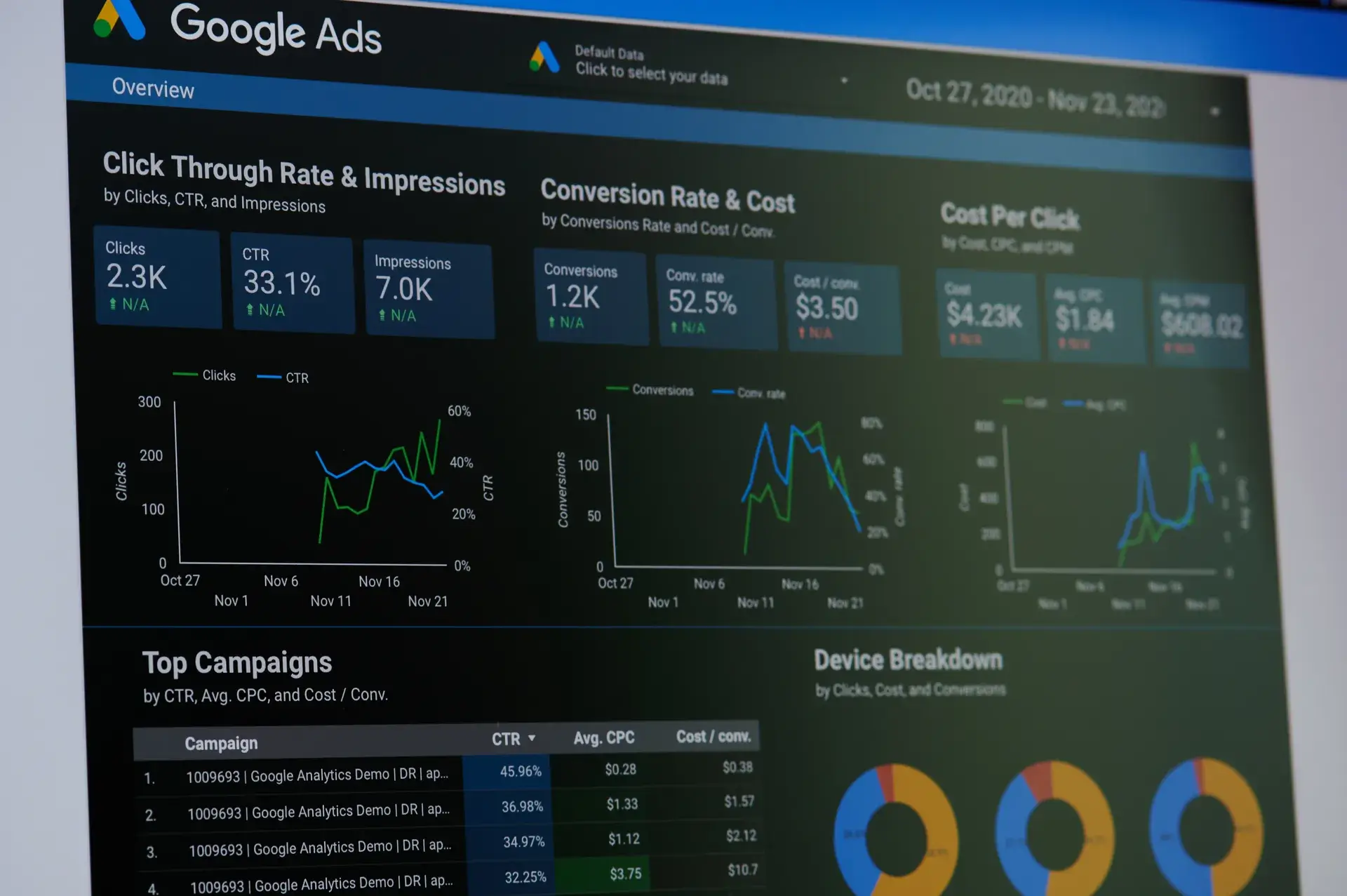Running Google Ads can be a game-changer for small businesses looking to increase their online presence, drive traffic, and boost sales. However, maximizing your return on investment (ROI) while sticking to a budget can be challenging. In this post, we will explore effective budget Google Ads strategies that help you achieve your marketing goals without overspending. Whether you're just starting or looking to refine your campaigns, these tips will guide you in optimizing your Google Ads spend.
1. Set Clear Goals and Objectives
Before diving into Google Ads, it's crucial to define what you want to achieve. Having clear goals will help you allocate your budget effectively. Common objectives include:
- Increasing website traffic
- Generating leads
- Boosting online sales
- Enhancing brand awareness
2. Target the Right Audience
Defining your target audience helps ensure that you invest your budget where it matters most. Google Ads provides several targeting options:
- Demographic Targeting: Choose specific age groups, genders, and locations.
- Keyword Targeting: Focus on keywords that are relevant to your business.
- Remarketing: Re-engage users who have interacted with your website previously.
3. Optimize Your Ad Budget
To make the most out of your budget, consider implementing the following strategies:
- Daily Budget Management: Set a daily budget that aligns with your overall marketing expenses, ensuring you don’t deplete your budget too quickly.
- Bid Adjustments: Adjust bids based on the best-performing keywords or geographical locations.
- Ad Scheduling: Analyze when your audience is most active and schedule your ads to run during those peak times.
4. Create Compelling Ads
Your advertisements are critical in attracting clicks. Make sure to:
- Utilize eye-catching headlines and descriptions.
- Incorporate strong CTAs (calls-to-action).
- Use ad extensions to provide additional information and links.
5. Leak Test Your Campaigns
Periodically review and analyze your ad performance data to identify any areas for improvement:
- Review click-through rates (CTR) to gauge ad effectiveness.
- Test different ad variations to find optimal performance.
- Utilize A/B testing for landing pages to see which performs better.
6. Monitor Performance Regularly
Ongoing monitoring is key to ensuring your Google Ads campaigns are effective. Utilize Google Ads’ reporting features to keep tabs on:
- Conversion rates
- Cost per acquisition (CPA)
- Return on ad spend (ROAS)
Conclusion
Budget Google Ads strategies can significantly impact the success of your advertising campaigns. By setting clear goals, targeting the right audience, optimizing your ad spend, and regularly monitoring performance, you can achieve impressive results without breaking the bank. At Prebo Digital, we specialize in Google Ads management tailored for small businesses—reach out today for expert assistance in driving your online success!





